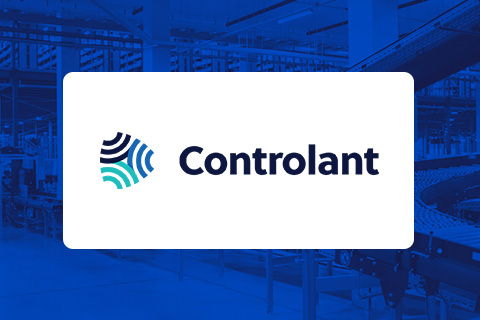Ensure consistent supply to payers and patients
Simul8 is used to improve supply chain reliability; ensuring timely, consistent supply of medication and products to healthcare payers and patients.
Why is simulation used in pharmaceutical and medical device supply chain and logistics planning?
With the global nature of the pharmaceutical and medtech industry, as well as the size and scope of the companies operating in the field, the supply chain is one of the most complex in the world.
Continually improving this supply chain, along with ensuring safety, is a key focus for pharmaceutical and medical device manufacturers as the ability to consistently and predictably deliver medicines is necessary for retaining customers and remaining competitive.
This will become increasingly challenging - as scientific advances move the industry from a one-size-fits-all approach to care, to one of segmentation and personalization, supply chains will also have to evolve.
In an effort to seek out new opportunities for growth, pharmaceutical companies are also focusing more on emerging markets. Countries that were traditionally small volume export markets are becoming areas of substantial investment, with organizations pushing toward global inventory management systems to help ensure that each region is serviced with as little overhead as possible.
As such, the pharmaceutical supply chain of the future will be built round flexibility, responsiveness and reliability, shifting from a stock based model to an order based model. But with such complexity involved, how can organizations effectively plan for the future of pharmaceutical supply chain management?
What are the benefits of simulation for pharmaceutical and medical device for supply chain planning?
Discrete event simulation software tools like Simul8 are increasingly used by drug and medical device manufacturers to model and assess risk-free changes to supply chain and logistics processes, no matter the complexity.
With simulation, organizations can experiment across a wide range of factors such as determining optimum locations for warehousing and other facilities, determining storage capacity, evaluate picking, packing and dispatch methods, assessing staffing requirements and more.
As simulation is highly visual, any bottlenecks in the logistics network can quickly be highlighted and recommendations for improvements can be thoroughly assessed to drive decision making.
How Simul8 supports pharmaceutical and medical device supply chain optimization?

Reduce waste across the supply chain
Waste, anything that doesn’t increase value to the end customer, can reduce revenue and negatively impact on healthcare payer and ultimately patient satisfaction.
Waste in the supply chain can occur as a result of excess transportation, surplus or defective inventory and excess processing.
Simulation provides the opportunity to pinpoint where waste is occurring in the supply chain and test initiatives that will improve the overall reliability, cost and timeliness of logistical processes.

Test improvement ideas without impacting customers
With the increasing scale and complexity of global pharmaceutical and medtech supply chains, testing changes or improvements carries potential risk to ensuring the consistent supply and delivery of goods to customers.
Simulation enables organizations to investigate and assess the success of process improvements to their supply chain to reduce delivery times and costs, without risking current operations.
Simulating a secure solution for the US drug supply chain
Learn how simulation was used to model a secure solution for the US drug supply chain to meet the needs of state and federal regulators.
In discussions with the US drug supply chain and state and federal regulators, it became clear that a demonstration was needed to gain consensus on a process that would be feasible in the supply chain and meet the needs of State and Federal regulators.
Watch an on-demand recording of the workshop where guest speaker Robert Celeste, Partner at RC Partners, and former Senior Director at GS1 US, explored how simulation was used to demonstrate the supply chain process.
In the workshop, Robert guides you through the simulation built in Simul8, which accomplished the following:
- Mutual understanding of the complexity of the US medication supply chain
- Understanding the constraints of current regulations
- Demonstration of a solution that was seen as being operationally feasible, while meeting the intent of the law
Discover how these Pharma & Medtech organizations used Simul8 to eliminate bottlenecks and reduce costs
Learn more about Simul8
Explore the wealth of features that make Simul8 the #1 choice for simulation.
Learn more


